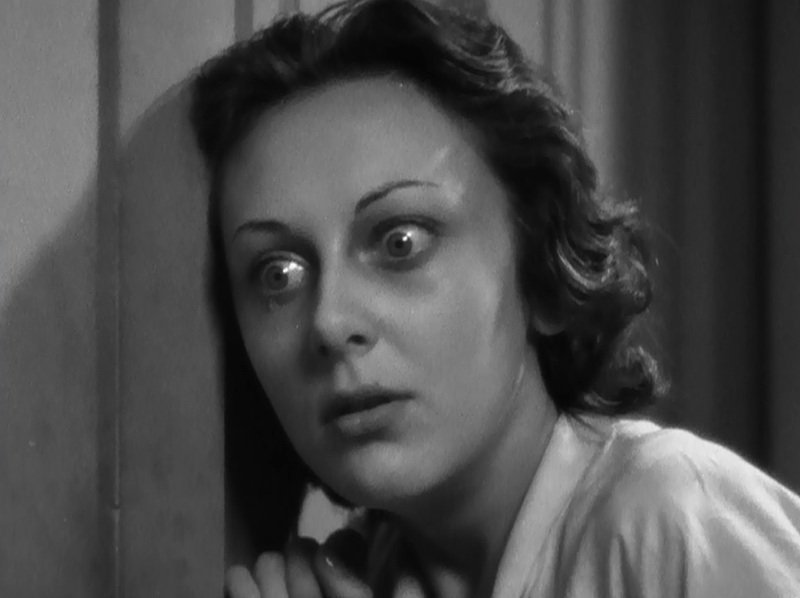Three on a Match
The title and premise of Three on a Match suggest an ensemble film, but don’t be fooled. This is Ann Dvorak’s movie, and the finest showcase for her avid, feverish energy. She was twenty years old and blazing her way through her first year as a star, starting with her electrifying turn as Tony Camonte’s insatiable sister in Scarface. Slender and elegant, with a refined beauty, Dvorak always seemed to be looking for trouble. “Somehow the things that make other women happy leave me cold,” she says in Three on a Match, explaining the gnawing dissatisfaction that a devoted husband, a cherubic son and a life of luxury can’t assuage.
The other two on the match are Joan Blondell and Bette Davis, but they are stuck with tepid roles, and even Warren William (as Dvorak’s husband) is uncharacteristically virtuous and bland. All raw nerves and dangerous luster, Dvorak makes her haughty, self-immolating character not only more interesting but more sympathetic than the nice women who profit from her fall.
Seduced by a penniless playboy (Lyle Talbot, leaving his usual trail of slime) she shacks up with him in a hotel suite, neglecting her child, and slides rapidly from champagne parties to drug-addicted poverty. The movie really starts to get good when the debt-ridden Talbot kidnaps Dvorak’s son. In a noirish sequence, they all hole up in a squalid apartment, guarded by a trio of goons led by Humphrey Bogart, who nastily mocks Dvorak’s cocaine withdrawal. Three on a Match crystallizes her daredevil glamour, while also offering a brisk, punchy warning about what happens to girls who play with matches.
by Imogen Sara Smith

